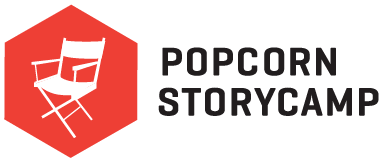

<html>, <head>, <title>, <body>, <h1>,<h2>, etc, <p>, <ul> & <ol>, <li>, <img>, <a>
Learners will make their own web native films and explore larger concepts on the topic. Learners will learn about media history, media use, web development, web mechanics and other media related topics while making interactive projects on and for the web. They will collaborate to make critical commentaries, peer reviews and use assets from the web to tell stories of their own.
When they're finished with their reviews, ask them what next steps would be for each project. How can each project be iterated and improved upon?
This section collects the extra resources from all six of the StoryCamp Hacktivity Kits into one place.